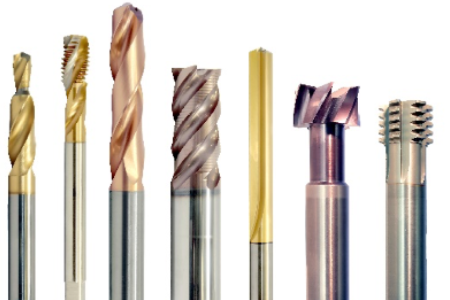Preparation and Properties of HfC Ceramic Precursor
C/C composites have excellent performance in an inert atmosphere, but poor oxidation resistance. C/SiC composites have the characteristics of low density, oxidation resistance, and excellent
mechanical properties, but the maximum operating temperature does not exceed 2000°C . Therefore, ultra-high temperature resistant materials that can be applied above 2000 °C
have aroused the interest of researchers. Such as TiB2, ZrB2, TaB2, HfB2, TiC, TaC, ZrC, NbC and HfC, etc. Among them, HfC has a melting point of 3890°C and has excellent properties
such as high hardness, high thermal conductivity, high electrical conductivity, and expansion coefficient. At high temperatures, its oxide HfO2 has high viscosity and can form a dense
protective layer, with good high temperature oxidation resistance, is an important direction of research on ultra high temperature resistant materials.
2021_01_29_00.jpg)
The preparation techniques of HfC mainly include chemical vapor deposition, chemical vapor impregnation, plasma spraying, and liquid phase precursor conversion. The preparation of
HfC ceramics by the liquid phase precursor method has the advantages of short process cycle, low synthesis temperature, simple equipment, and small particle size of the obtained HfC
ceramics. Moreover, this method can prepare a single phase with the required composition and structure through molecular design of the precursor. Or composite materials modified by
multi-phase ceramic particles, thus greatly improving the anti-oxidation and anti-ablation properties of the material. Therefore, the precursor method is a very potential preparation method.
mechanical properties, but the maximum operating temperature does not exceed 2000°C . Therefore, ultra-high temperature resistant materials that can be applied above 2000 °C
have aroused the interest of researchers. Such as TiB2, ZrB2, TaB2, HfB2, TiC, TaC, ZrC, NbC and HfC, etc. Among them, HfC has a melting point of 3890°C and has excellent properties
such as high hardness, high thermal conductivity, high electrical conductivity, and expansion coefficient. At high temperatures, its oxide HfO2 has high viscosity and can form a dense
protective layer, with good high temperature oxidation resistance, is an important direction of research on ultra high temperature resistant materials.
2021_01_29_00.jpg)
The preparation techniques of HfC mainly include chemical vapor deposition, chemical vapor impregnation, plasma spraying, and liquid phase precursor conversion. The preparation of
HfC ceramics by the liquid phase precursor method has the advantages of short process cycle, low synthesis temperature, simple equipment, and small particle size of the obtained HfC
ceramics. Moreover, this method can prepare a single phase with the required composition and structure through molecular design of the precursor. Or composite materials modified by
multi-phase ceramic particles, thus greatly improving the anti-oxidation and anti-ablation properties of the material. Therefore, the precursor method is a very potential preparation method.

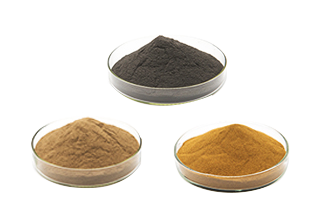
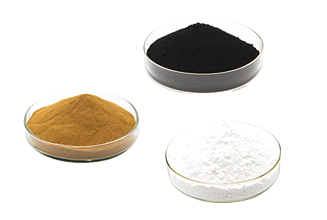
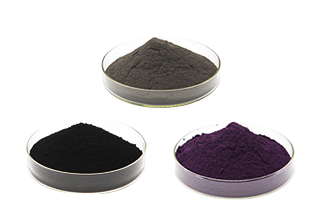
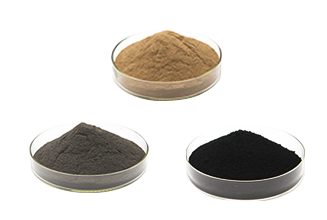
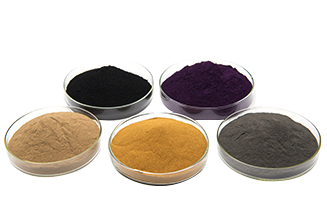
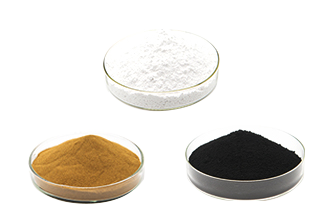
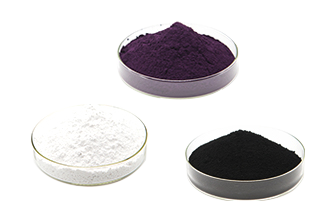



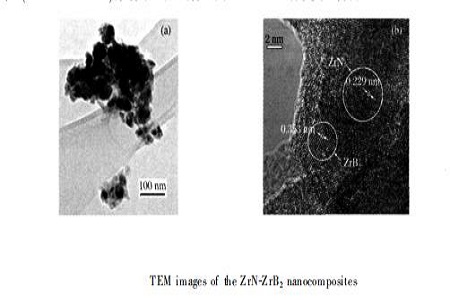
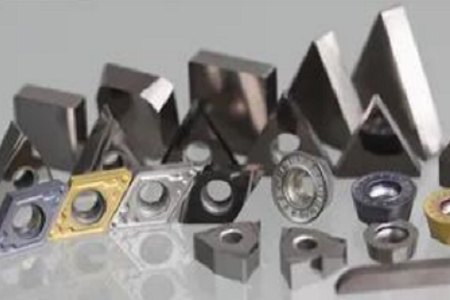
.png)
